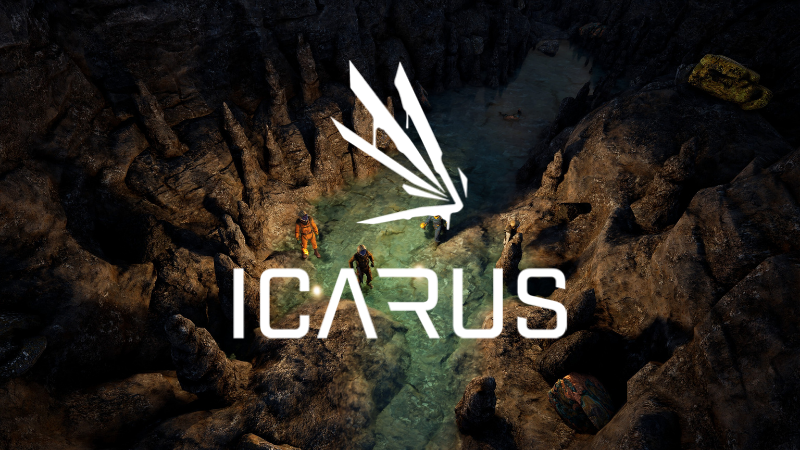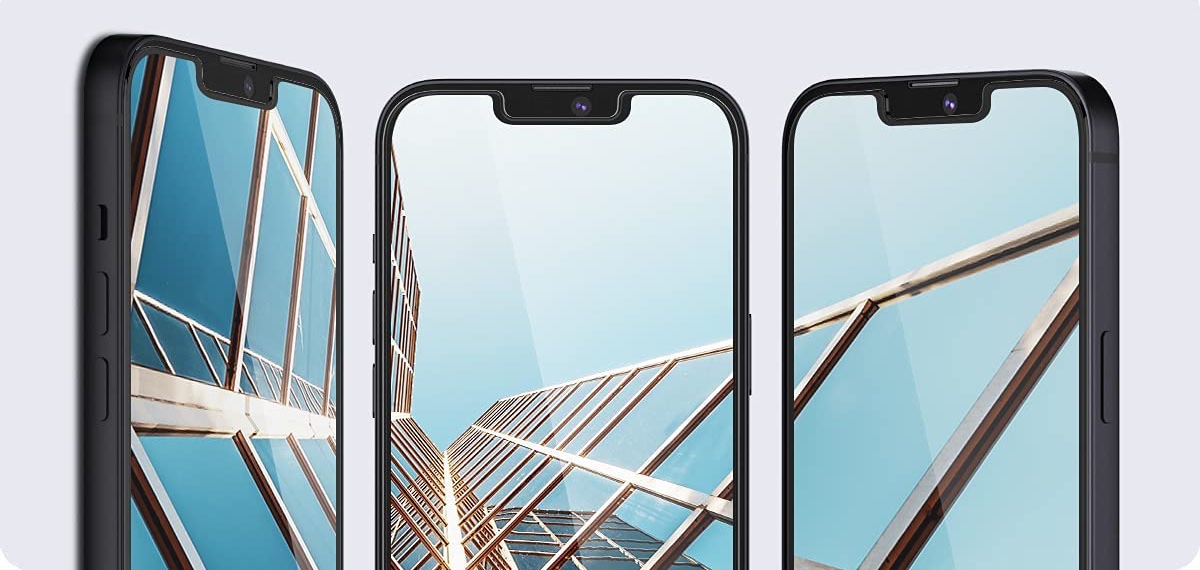Someone correct me if I'm wrong but Steam Deck CPU uses pretty much the same CPU as the x box series and PS5, but only half as many cores (4 vs 8) and between 2.4-3.6GHz speed (let's just 3GHz average). That's actually pretty amazing to fit in a small form factor with 15 watts if true. And X series/PS5 CPU is supposedly equal to A78s in single thread performance per GHz. if we take out 1 core for running the OS, I think if we put really conservative estimates of 7 A78 cores running at 1Ghz on Dane/Switch 2 Vs Steam Deck's 3 cres running at 3Ghz each, Steam Deck will edge out in performance by 30-50% for single thread performance. Switch 2 could go higher to 1.2-1.5 and match without a hitch. I don't know about multi thread performance though, which I heard AMD really does better at.
The presumed A78s in single thread per ghz are pretty close to/potentially even with regular Zen 2, going by those Geekbench 5 scores. They're ahead of the chip presumed to be the X series/PS5 CPU, because they're handicapped Zen 2s (having a quarter of the L3 cache) like the other Zen 2 APUs. Plus they're also using GDDR instead of regular DDR ram, which probably hinders them in CPU-bound/memory latency sensitive tasks. The Steam Deck will
probably use the same handicapped Zen 2, based on AMD's tendencies. Although, the Steam Deck will be using LPDDR instead of GDDR.
Multi-threading's.... tough to say. If you want a generic, overall rule of thumb, I guess that you can treat the 4C/8T CPU as... close but not quite a peer to a 6C/6T CPU in multi threaded tasks? (based on 6C/12T seen as approximately a peer to a 8C/8T*) But that combines both gaming and non-gaming tasks. For gaming performance specifically, it varies from game to game. Some games don't even need a bunch of threads in the first place and end up preferring having SMT disabled in order to push higher clock rates (because enabling SMT eats some power on its own). For other games, enabling SMT is more for helping with dips/1% lows than it is for pushing average FPS up. It's tricky, and part of that is just due to how much variance there is in PC configurations, so there isn't like a lot of optimization for set hardware configs like in console space.
*based on my recollection of reactions to Intel i7 9700 being 8C/8T versus the i7 8700 being 6C/12T
Yeah we'll see the max clockspeeds at 15 watts for them. it would be impressive if they can run at 1.6 TFLOPs GPU and 3Ghz CPU at 15 watts. It's interesting they went with 4 CPU cores instead of 8 (with lower clocks with 8). Maybe a spacing issue?
Probably a yields concern moreso than it is die space. I think that for these Zen 2 laptop chips, AMD designs one die each. For example, Renoir (the 4000 series Zen 2 laptop chips) is one die, covering from 4 to 8 cores. IIRC, the way Zen 2 is designed, you get pairs of CCX (Core Complexes), with each CCX containing 4 cores. So a 8 core Zen 2 requires both CCX to be completely functional. A 6 core Zen 2 requires both CCX to have at least 3 cores each working. A 4 core Zen 2 typically requires just one of either CCX to be fully working (with the exception of the Ryzen 3100, which asks for both CCX to have 2 workings cores each).
It's probably the case that Van Gogh follows the typical Zen 2 APU design, so the die itself may still physically have two CCX. Then a Steam Deck would need just one fully functioning CCX. Why not 6 cores then? Maybe it's a power concern there. Or maybe Valve has a preference for cutting out the extra latency for communication between two CCXs.



